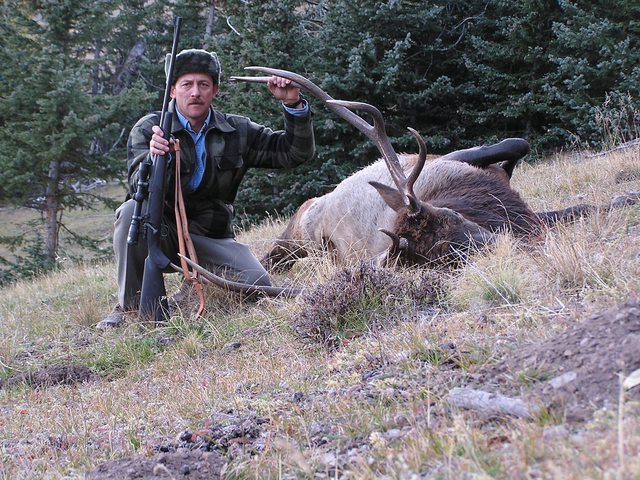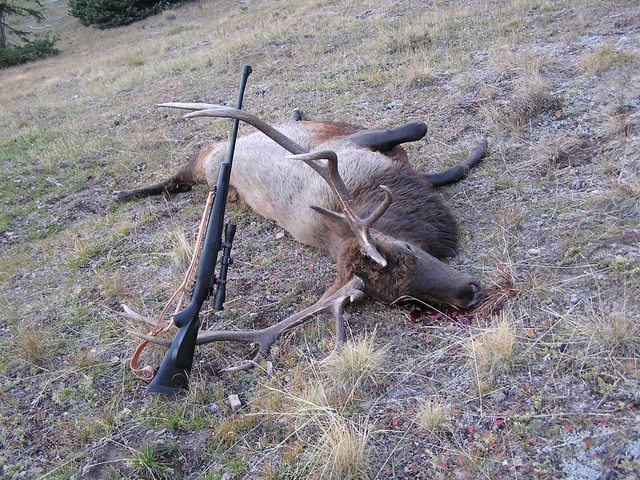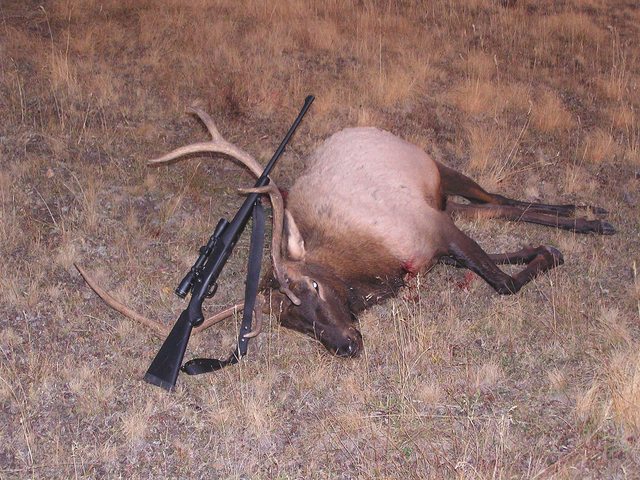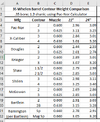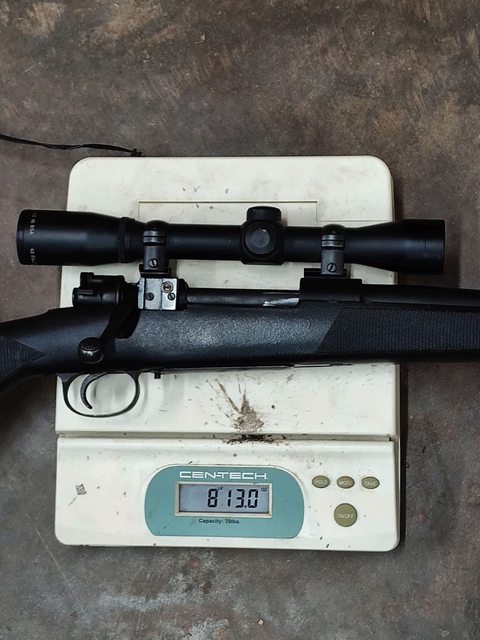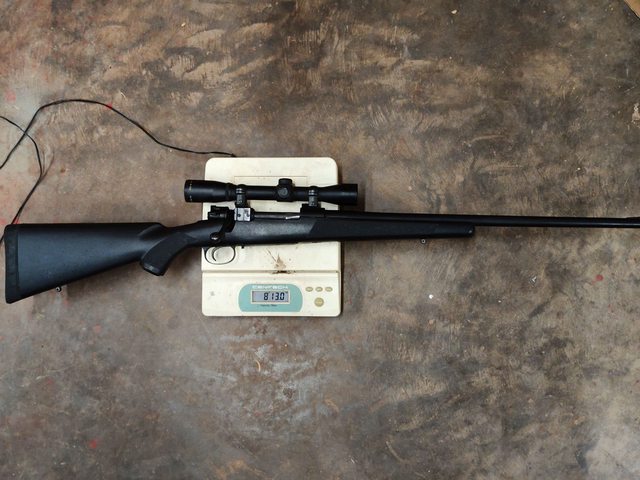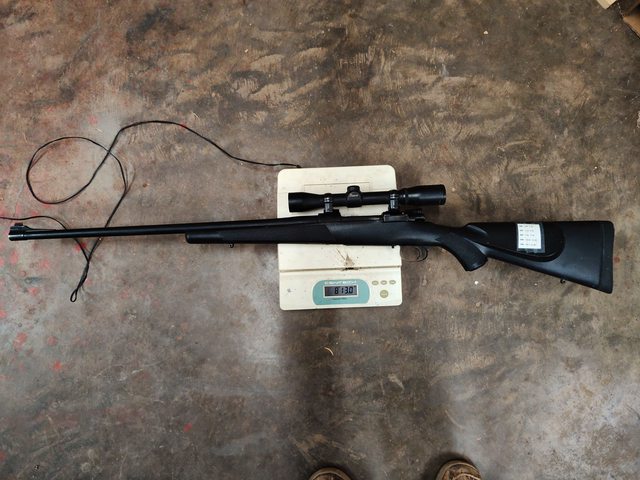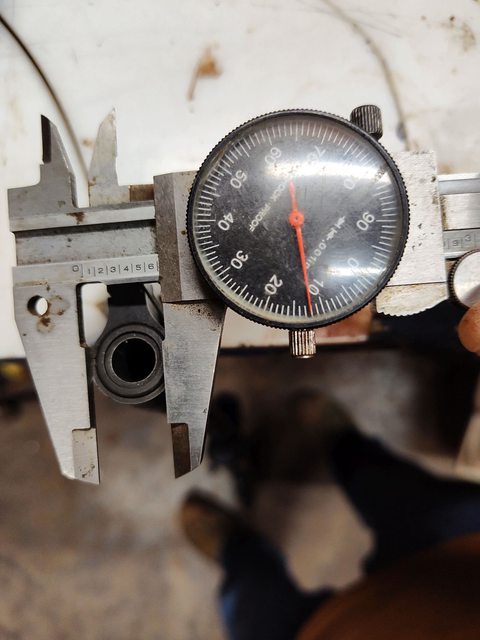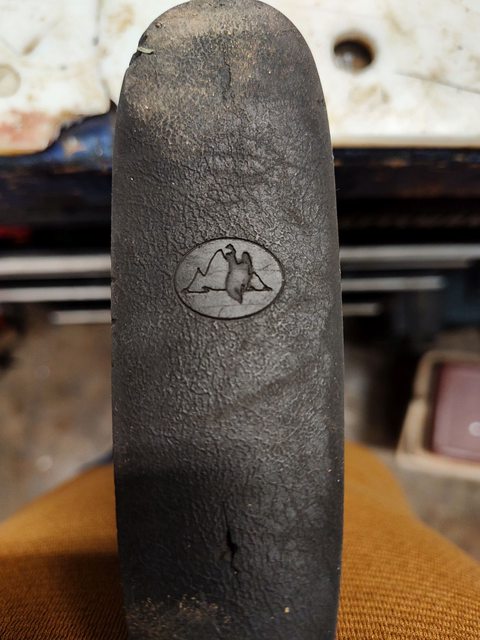@Slamfire Thank you for the detailed response. That's quite interesting. I don't doubt your experience at all, but I'm still puzzled as to why the 35 Whelen would be more prone to poor ignition due to an offset firing pin than the 30-06 with the same shoulder angle. Perhaps with the shoulder being both slight and short the headspacing could be less positive than when you have either a longer shoulder of the same angle (30-06) or a sharper shoulder of the same length (35 Whelen Imp). But I'd think once you've got your brass fireformed and dies set up correctly that issue would go away, which was not your experience. Weird.
It is unimportant as to why I experienced misfires and hangfires, because I fixed that:
“An ounce of action is worth a ton of theory.”
To whit:
I fireformed lubricated cases so the cases would be a perfect fit to the chamber, and stress free. These are 30-06 cases I necked up, then annealed the shoulders, loaded full power charges, greased them up, and fired them. Greasing prevents the front of the case adhering to the front of the chamber. The case slides to the bolt face, the shoulder folds out, and I end up with a perfectly fireformed and stress free case. Annealing was critical to reducing split case necks.
Grease also prevents jacket fouling. I can't prove, but because greased and oiled bullets reduce engraving force, and should cool the gases a bit, I believe that grease will prolong throat life. I can say, pushing a bristle brush down the tube, I don't feel the sort of resistance in the throat, after firing greased bullets, as I do dry. And I don't see jacket fouling at the muzzle, if I blow plenty of grease down the tube.


After the fireformed cases were de primed, cleaned, I sized them so the “case headspace” equaled “chamber headspace”. I wanted zero clearance between the case and chamber when the bolt was closed. In fact, I was happy with the slightest case compression as the bolt was cammed shut.
I also used the most sensitive primer I could find. I reamed my primer pockets so the primer was just below the case head. I did not want any 0.006” primer seating depths.
I used stick powders, in the burn rate of IMR 3031 to IMR 4064.
I also increased firing pin protrusion in the actions which I had extra firing pins. I chose the firing pin with the most protrusion.
I made sure I had fresh mainsprings in my actions. This is not a bad practice. Mainsprings do take a set.
Primer offset cannot be fixed at home, and that is something that needs to be discussed with the gunsmith. It is best to have a perfectly centered firing pin hit on the primer, regardless of cartridge.
After that, I have taken my 35 Whelens out in freezing weather, and they all went bang with the fireformed brass.
And the fact this works is far more important on any ideas on why it works. As they said about quantum theory (which makes no sense at all):
“shut up and calculate”
This is the original, early 1920’s cartridge dimensions in Townsend Whelen’s first article on the 35 Whelen.

I have looked at pictures of the 338-06, hard to prove by looking at pictures that the shoulder is larger, obviously it is. Since I don't have one of them, I don't know if I would have a similar learning curve to make them go bang as I did with the 35 Whelen. I will say, given that someone made an "Improved Whelen" with a more abrupt shoulder, and it sure looks deliberate, maybe they did that because they wanted a stiffer case in the chamber.
I do have a couple of 375 H&H's, never shot anything but paper with them. I have fired two factory 458 Win Mag rounds, and that was enough fun for me. I believe all the butt stomping cartridges are 300 yard ish things, primarily because stout recoil is not conducive to hard holding. And velocity drops off quickly, meaning the bullets won't expand under 1800 fps. Despite all the chest thumping on long range shots, 300 yards is a long ways to keep all shots on a paper plate sized target. A 35 Whelen is a very powerful round, and really, I don't want more recoil, and I doubt I need more recoil for anything on this continent.







